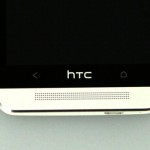Side hustles are no longer optional in South Africa. With food inflation still above 8 percent and electricity, transport and mobile data costs climbing…
6 (almost) wireless solutions for your home theater PC
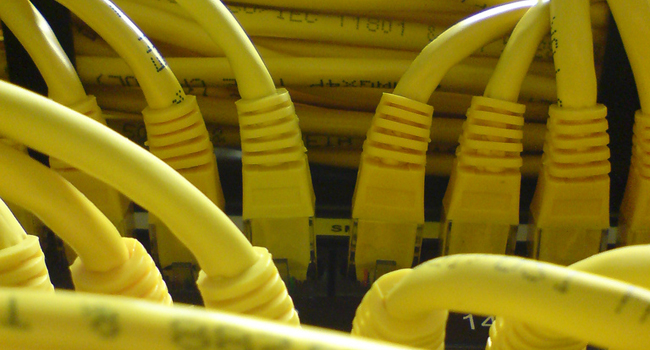

If your home theatre setup was a human body, the cables would surely be the veins. Silent and without question, constantly working to transport electricity, content, signal and broadband between the various vital organs of your custom and complex entertainment ecosystem. Cords of varying thickness, colour and type, all collected and connected, to make sure everything works as it should. The only problem with equating a home theatre system to a human body is that with the body, the veins are for the most part out of sight and not going to trip you or start a small fire behind your minimalist, natural wood TV cabinet. Let’s face it, for all their necessity and convenience, cables, cords and wires of all persuasions are simply a hassle.
Hardware and peripheral designers work hard to create beautiful works of art that no longer have to be hidden in a cupboard. They spend hours ensuring that no matter what their devices do for the consumer, they still look sleek and easy-to-use, and most of them are. The point I’m trying to make here is that no matter how cool a device looks, the coolness factor drops exponentially once you connect four cables of differing colours to the back of it.
I’ve recently been adding to my own system at home and have tried my best to keep it looking as uncluttered as possible; my own personal work of digital art if you will. So in doing, I have been researching a number of methods to either cut the use of cables completely, or at least streamline the entire system with as few cables as possible.
Here are six ways to reduce the usage of cables for your home theatre system.
Internet connectivity
I’ll start with the most obvious: internet connectivity. If you’re running an HTPC that is scraping data or downloading add-ons from a web source, you’re going to need internet, the same goes for services like Netflix, Hulu, etc. This is solved by a wireless network router that can be picked up at any computer store, or from your ISP. Simply set the router up somewhere close to your telephone line input and make sure you configure your wireless network properly. From there it’s really up to how far away the HTPC is from the modem. If you’re having range problems, simply get hold of better router or a longer aerial. Simple.
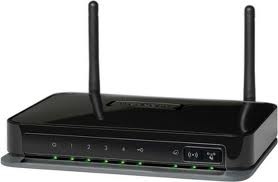
HDMI
With my setup, I have a problem that is somewhat unique. My HTPC sits a few meters away from HDTV on a desk in the study area. All hard drives are connected to it and stored underneath the desk in an effort to minimize clutter there too. So how do I go about sending full HD sound and picture from it to my display? Signal that runs from device to display over traditional HDMI cable starts degrading after five meters, no matter how expensive it is or how much gold covers the actual connector. The distance I’m dealing with in my situation is greater than that, so I need something else.
HDMI over CAT5/6
Let’s start with the cheapest solution. With the use of a HDMI transmitter that is plugged into the HTPC, full HD content can be decoded, sent across CAT5/6 cables (up to lengths of 160 meters apparently) and then re-encoded by the receiver, that is plugged into the display’s HDMI port. It is not completely wireless in essence, but definitely sorts out your signal degradation problem. Plus, if you’re any good with a duct tape, you could pull the CAT 5/6 cables through existing conduits in your house. This is the solution that I have opted for as it is cheap, and it has a high SAF (spouse approval factor). These devices also support IR extenders so that you don’t have to point the remote at the other room to interact with your content.

Wireless HDMI
This solution works similarly to the CAT5/6 idea, but it is truly wireless. It follows the same model as before but instead of cables, it utilizes wireless technology to send HD content through the air to the receiver plugged into the display. The only drawback with this option is price, and the fact that the transmitter and receiver need perfect line of sight to operate at 100% quality. Again, something that just doesn’t suit my situation.
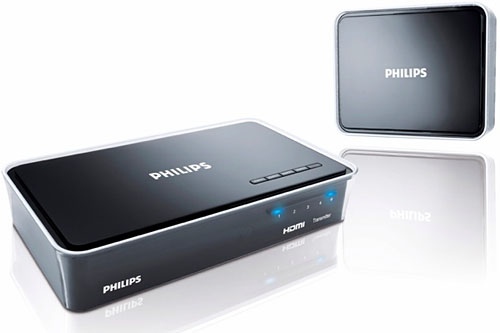
HDMI over power
To be honest, I thought this was the work of pure fiction when I first heard about it, but after seeing it in action I can definitely tell you that it works. Plug your device into the transmitter, that is jacked into a traditional wall socket. Then plug the receiver into your display, before plugging it into another wall socket. Switch both on and within a minute, you’ll see full HD content playing on your display, like magic. I’m not entirely sure how the hell it works, but it does. Unfortunately though, it’s not a complete solution. The demo I saw had problems with sending the audio content over the power lines, so I’m not completely sold on this. Plus, out of everything on offer, this is definitely the most expensive solution.
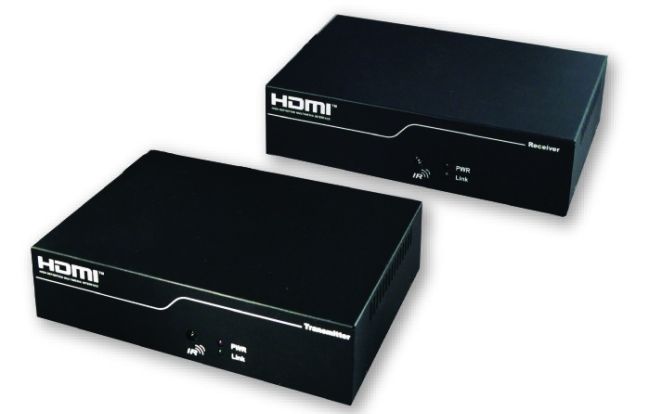
Peripherals
Luckily, wireless technology in terms of peripherals and input devices has been around for ages, so you can get away with most of these for good prices. With my system, the Mac Mini that serves as my HTPC is also used as a home computer. Therefore, I have also bought a wireless keyboard and mouse set, which connects through a USB key plugged into the Mac Mini. As the HD display used for the computer portion is quite close to the Mac Mini, I’ve opted for a short HDMI cable, that is nicely hidden away. To control the HTPC, I went ahead and bought an Apple remote, which works perfectly with XBMC and looks as sexy as anything. Paired with the IR extender kit connected to the CAT5/6 system, I have the perfect situation. The next step is to invest in a nice wireless audio output solution, but for now, my HDTV’s audio is fine.
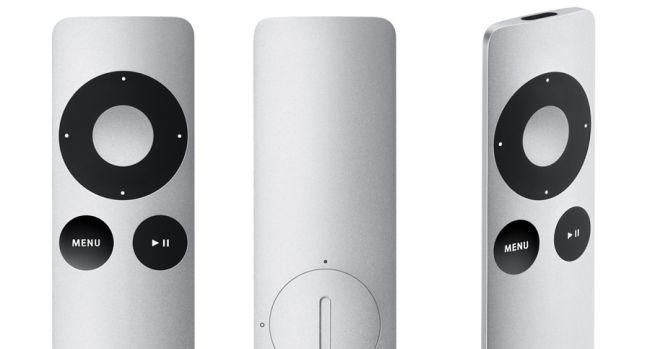
In summary, if you’ve got an unlimited budget, you could definitely build something that requires close to zero cabling but the reality of the situation is that for now, the best you can do with a limited budget is invest in options that will trim the amount of cables necessary for setting up and running your system. One thing for sure though, I cannot wait for wireless power. No more extension cables, no more tripping over a mess of wires. Just clean, cable-free HTPC fun.
Lead image: John Thurm via Flickr.
